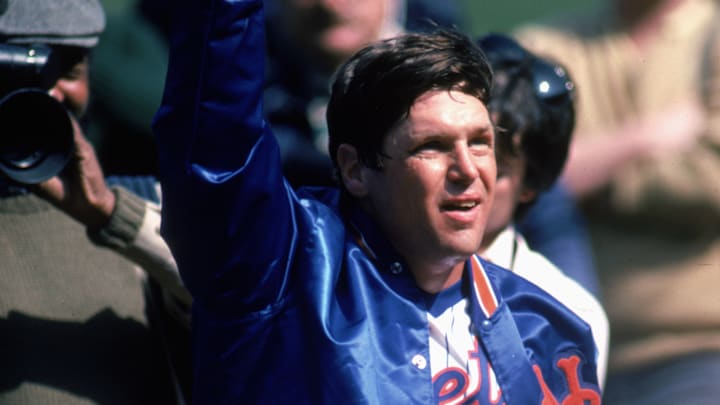
NY Mets are sold to Steve Cohen from the Wilpon Family
You remember this one like it’s yesterday probably because you celebrate it every day. The Mets were routinely spinning in circles under the Wilpon Family’s ownership. They were usually good enough to compete but never good enough to go the distance. The perception changed completely when maybe the most important transaction of all took place after the 2020 season.
A player wasn’t traded. A free agent wasn’t signed. The whole franchise was sold from the penny-pinching Wilpon Family to Steve Cohen. You know him better as Uncle Stevie.
Players do have the biggest impact on the game. However, ownership can swing a team’s fortunes far more drastically in one direction or the other. We’re in the infancy of the Cohen regime. So far, things are looking up. In only his second year, he has blown past the luxury tax threshold. He’s doing what fans wanted the Wilpons to do for years times ten.
This became one of the most shocking transactions in Mets history because it seemed dead a year prior. Cohen was in the bidding for the Mets well before he did eventually buy them. When that potential deal fell apart, it seemed like the only hope would be for another buyer to come along. Some potential shoppers did show up. Ultimately, it was the man with the deepest pockets and the biggest fandom of the organization to pay up.
